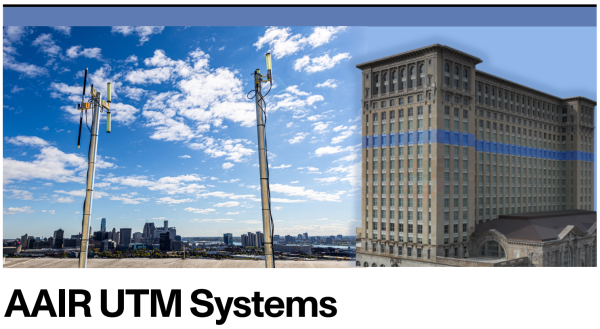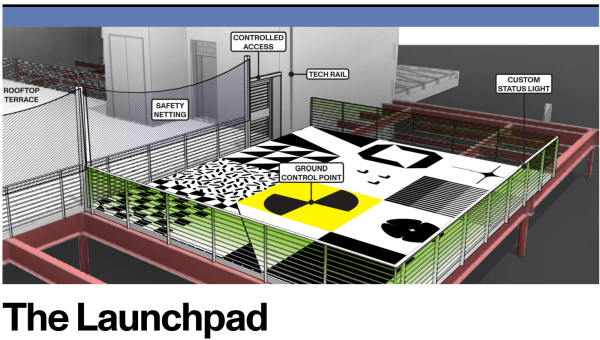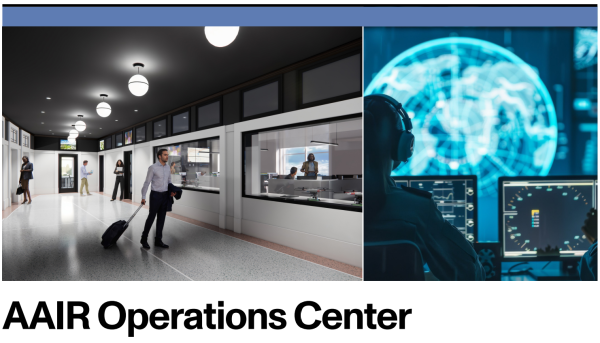The Advanced Aerial Innovation Region propels solutions focused on addressing
accessibility, safety, tech equity and regulatory challenges by enabling testing of diverse
potential commercial drone uses – ranging from delivery of medical supplies, consumer
goods and manufacturing materials to infrastructure inspection and drone as a first-responder.
Michigan Central provides foundational infrastructure, community engagement and skills
training. Participating drone operators have access to concept and operational support from
our partners at Airspace Link and Newlab. Flight data from all pilots support the initiative’s
overarching goal to drive drone operations beyond visual line of sight (BVLOS). By gaining
BVLOS approval, Advanced Aerial Innovation Region participants can accelerate
commercial drone development at real-world scale and unlock immense value.
If you are a drone operator or innovator who shares our vision, connect with us
here.
Advanced Aerial Innovation Region
Michigan Central and MDOT created the Advanced Aerial Innovation Region to accelerate commercial drone development and position Michigan as a leader in next-generation aerial mobility.
Our goal is to attract startups, catalyze new jobs, advance policy, and drive adoption of drones in commercial applications. In collaboration with federal regulators and local municipalities, the region provides access to airspace and infrastructure to safely develop and test new use cases for drones from prescription medication delivery to industrial supply-chain resiliency.
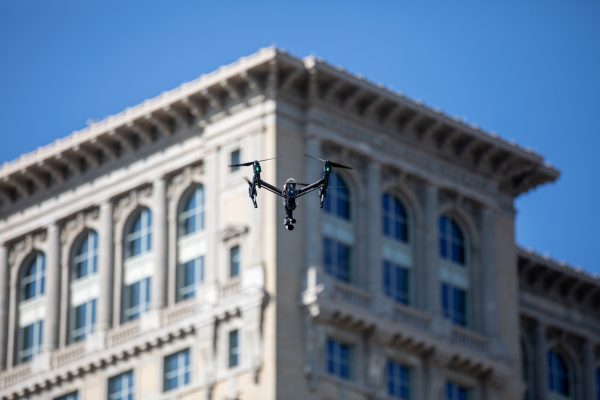
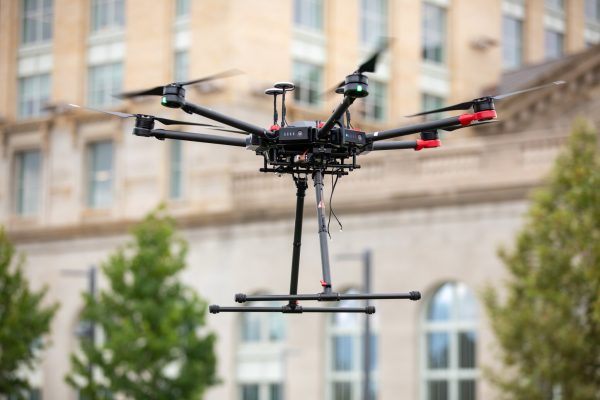
Airspace Awareness for Pilots
Michigan Central supports safe, respectful, and legal use of drones in our community as a source of both recreation and economic development. To enable residents and businesses to fly safely, Michigan Central provides live data on areas of potential risk, advisories for local events or emergencies, and other flight planning features in the AirHub Portal application – a Federal Aviation Administration (FAA)-approved, Low Altitude Authorization and Notification Capability (LAANC) UAS Service Supplier (USS). Pilots can access sophisticated pre-flight risk assessments, local weather reports, and automated near real-time LAANC approvals to fly in local controlled airspace (under 400’) in just two clicks.
FAQs
What is LAANC and the FlySafe Program?
LAANC is a partnership between the FAA and private industry (like Airspace Link) to safely integrate small drones into the national airspace. Flying within the national airspace is strictly regulated by the FAA. All FAA TRUST Certified Recreational and FAA Certified Commercial (Part 107) drone pilots require FAA LAANC authorization before operating in controlled airspace. The good news is now drone pilots can receive LAANC authorization for most operations in just a few seconds! Additionally, commercial pilots can request further coordination with the FAA for those operations that LAANC cannot automatically approve. LAANC is now available at over 732 airports nationwide!
How do I get started?
Step 1: Confirm Your Certifications
Confirm that your FAA Recreational Drone Pilot TRUST Certificate or Commercial Drone Pilot Certificate is valid.
Step 2: FAA Drone Registration
If your drone is greater than .55 pounds, register your drone with the FAA.
Step 3: Create a New Pilot Account
Register as a Michigan Central/Wayne County drone pilot using a valid email address in the AirHub Portal application. Once registered, you’ll have access to the most up-to-date airspace information, be able to create new LAANC operation submissions, and receive near real-time automated approvals from participating air traffic facilities and airports nationwide.
Step 4: Find Your Operation Location OR Click “Fly Now!”
After logging in, locate where you will be operating your drone using either an address, a known location name, the geographic coordinates, or manually navigate using the interactive map.
Alternatively, you can also create an operation by clicking the “Fly Now!” button. This feature allows you to quickly create a flight by pre-populating your information and automatically creating a circular flight boundary of your current location.
Step 5: Define Operation Parameters
The basics of an operation consist of an Operation Name, a Start Time (and Duration), the Operation Altitude, and the area you intend to fly. AirHub Portal will ensure you stay on track as you input your data.
Step 6: Request Authorization From the FAA
The final step is to request authorization from the FAA (if necessary) by clicking “Save Operation.” Sometimes, the operation is divided up into multiple areas if we need to submit to different Air Traffic Control facilities – AirHub Portal will handle that too.
What FAA resources are available?
The FAA has many resources around drones for the community and operators.
How can I confirm my certifications?
Confirm that your FAA Recreational Drone Pilot TRUST Certificate or Commercial Drone Pilot Certificate is valid.
Recreational Drone Pilot TRUST Certificate
Commercial Drone Pilot Certificate
What are the requirements for FAA Drone Registration?
If your drone is greater than .55 pounds, register your drone with the FAA.
What rules do I need to know for using my drone?
Understanding the FAA’s drone pilot rules of the sky is the best way to start your flight.


